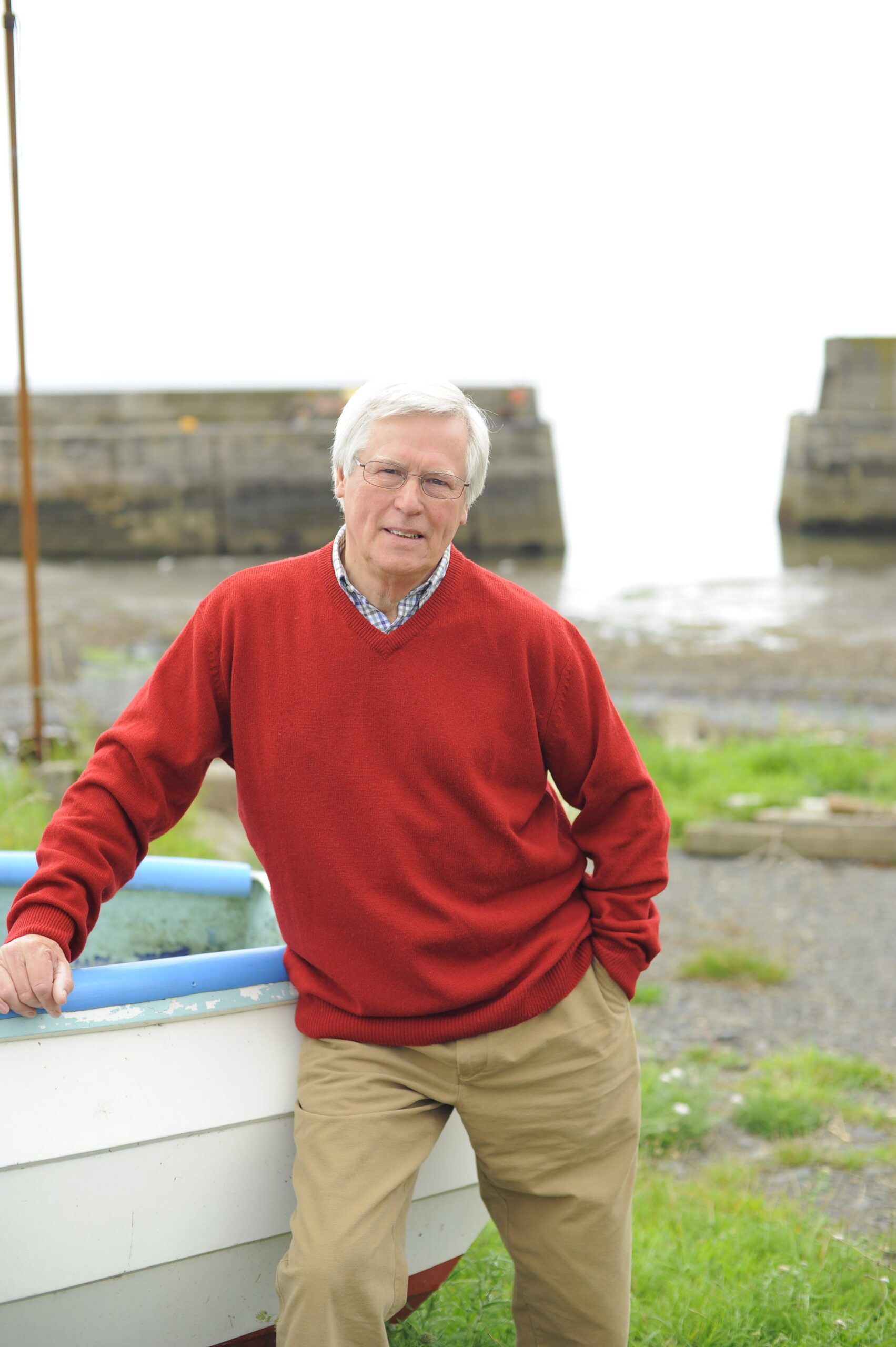Thomas Telford is one of my great heroes – a Scottish shepherd’s son born in 1757 who was one of the first, and possibly the greatest, of a new breed of men who changed the face of Britain by criss-crossing it with canals, roads, railways, bridges, viaducts and aqueducts.
All were built to serve the demands of the new industrial revolution and more than 200 years later many are still going strong. But Telford, a visionary who turned his engineering dreams into reality, could never have imagined that the canals he and his fellow pioneers built to transport goods and raw materials would today be busier than ever and serving a totally different purpose.
Last year, around 450,000 holidaymakers went narrow-boating along the remaining 1,568 miles of canals that amble through stunning, peaceful rural landscapes and right into the heart of great cities. According to a survey, they had a great time on board and a whopping 93% said they would recommend it to others. Nearly a fifth came from outside the UK and all the boaters gave a boost to local economies by using shops, pubs and cafés along the way.
A few years ago I took my two eldest grandsons on an adventure along a 20-mile stretch of the Llangollen canal including the famous ‘stream in the sky’, Thomas Telford’s masterpiece aqueduct high above the River Dee. The whole trip was exhilarating, dodging other boats while gliding along at the speed limit of four miles an hour. No wonder having such a holiday has been called “the fastest way to slow down” – a sentiment which I’m sure is shared by the 15,000 people who live on canals. What a transformation from the days of my youth when our local canal, like so many others, was unloved, largely unused and underfunded.
Who owns Britain's canals?
Nationalisation in 1948 was followed by steep decline and closures. Undeterred by lack of government support, teams of volunteers pledged to restore many miles of abandoned canals, locks and towpaths. Slowly funding began to improve as politicians and investors realised the leisure potential of the network.
A turning point came in 2012 when state-owned British Waterways, which had run the canals since nationalisation and was seen by some as a dead hand at the tiller, transformed into the charity, the Canal and River Trust (CRT). Today it looks after 2,000 miles of waterways in England and Wales. “Today, people recognise that spending time on the water is a tonic for mind and body,” says Matthew Symonds of CRT. “Boating holidays are a way people can and connect with nature and our nation’s living heritage.”
Restoring canals in Britain
But it’s not all relaxation out on the canals. CRT has a 4,566-strong army of volunteers on active service; they put in 739,443 hours of work last year. Sadly, one of their tasks is removing rubbish dumped by thoughtless people who don’t respect our canals as much as they do. Among some of the stranger objects discovered have been a dead python, a wartime hand grenade, a camper van, and a pizza delivery bike complete with pizzas.
I recently filmed on one of our shortest canals, the eight-mile Stroudwater in Gloucestershire. Now, only half of it is navigable but the hope is to reopen the rest and connect it to the national network at its junction with the Gloucester canal. There’s just one snag: the ‘missing mile’. When the M5 was being built the Stroudwater got in the way, so a mile-long section was filled in with construction rubble and disappeared from view. Now, there are plans to replace it with a new stretch running along a different route so that it will pass underneath the motorway through a tunnel already used by the River Frome. It’s a classic example of the obstacles faced by volunteers as they revive ‘lost’ canals.
Along the navigable part of the Stroudwater I came across a heartwarming project. For 10 years, local charity Cotswold Boatmobility has been taking people with mobility or learning issues for free trips in a flotilla of three-seater canoes and in two wheelchair-adapted boats. The fun – and sense of achievement – was obvious as 50 people who otherwise would never have had access to this kind of adventure proved that today’s canals are for everyone. Thomas Telford would have been proud.
Read more of John's columns
- Scientists strapped tiny data-gathering ‘backpacks’ to English nightingales – and discovered something worrying
- King Charles III is dumping deer bones and dead trees in rivers. Here's how it's saving Scotland’s waterways
- Sniffer dogs and tiny loos: The fight to save water voles gets serious, says John Craven
- Meet the 19th century botanist David Douglas, the man who brought us the Douglas fir
Main image: Llangollen canal. Credit: Getty





